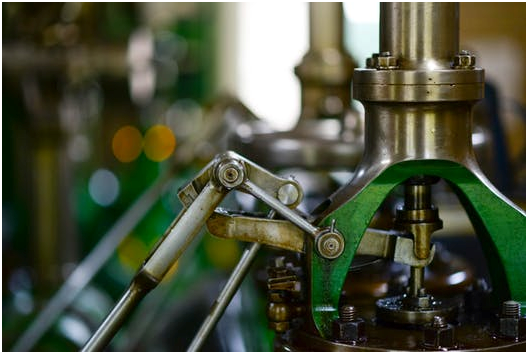The excitement that comes with designing your product is unparalleled. However, after years of research and planning, the finishing touches of streamlining a design is the complicated part. As it needs professional input, deciding on hiring product design services for your designing needs is a wise idea. These are experts who can do a thorough breakdown of your ideas and analyse how feasible it is. Below are reasons why you should consider using product design companies for your business investment.
- Product Design Companies offers New Ideas
When you are too close to a project, it is almost impossible to analyse a project with fresh eyes. Unfortunately, this means you might be overlooking potentially essential aspects of your designing. Hiring the services of product development companies offers your project the opportunity to be analysed with objectivity. What’s more, as they have been that down that road with previous customers, they bring to the table added experience that proves valuable in offering solutions.

- Product Design Companies Test Out Ideas
Industrial design services usually provide you with a team that proves valuable in adding external ideas to a project. However, one aspect they are revered for is testing out project ideas. Though ideas may seem perfect after years of research and designing, they rarely are. These companies repeatedly pass the product ideas through testing, with a focus on the flaws that they can improve on. Repetition of tests couples with improved design system enables you to receive a top-notch product design.
- Product Design Companies Offer Use For Waste Products
Though the designing process takes a significant time frame in the release of a new project, more money and waste is generated in the manufacturing process. As a large amount of waste is a driving force of high cost of the product, lowering the cost passed on to customers is imperative. Many product design companies aim to reduce the amount of waste produced by finding innovative ways of making good use of it. If this isn’t possible, they may suggest selling the scrap to third parties.
- Product Design Companies Usually Have Connection With Other Useful Companies
Regardless of how big or small a product design and development is many companies usually have garnered valuable networking connections. When you hire such a company, you are bound to receive a bounty of networking opportunities for merely having a pre-existing relationship. Ideally, they may recommend a trusted company that offers the kind of manufacturing you need to produce your designs. As it reflects on them, you are assured of good companies without extensive research.

- Using Product Design Companies Saves You Money
Finally, using a product design firm saves your money in the long run. As much as you can do it yourself, the wise choice should be working with an expert who can analyse your intentions and needs from a professional point of view. Without getting the design plans right, you might end up producing a spoiled batch. A spoiled batch translates to wasted raw materials, time and overall money used in production. What’s more, as they offer extensive results on market research and analyse it, they are better placed at providing advice on how to improve on your designs.
Conclusion
Overall, the main reason why you should use product design companies is that it reduces the workload stress of doing it yourself. With skilled personnel, you are assured of getting top tier product design services that will turn your product into a masterpiece.









